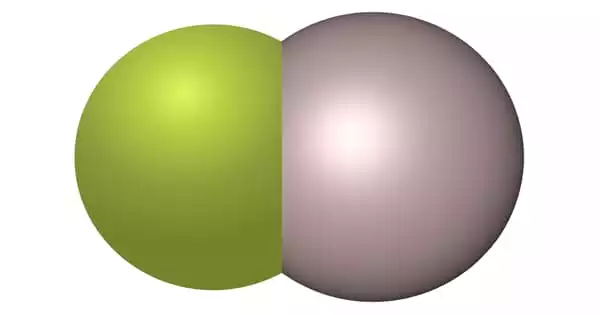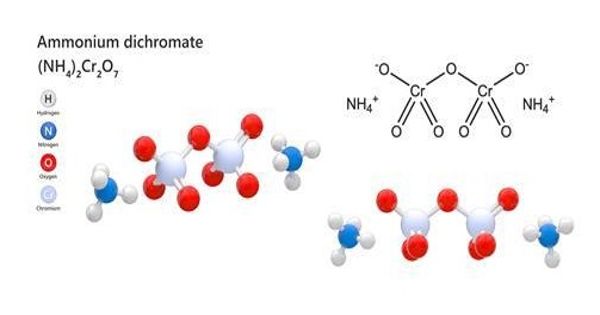Aluminium monofluoride is a metal halide formed by the combination of aluminum with fluoride. Fluoridoaluminium, also known as AlF, is a chemical compound with the formula AlF. At high temperatures, this elusive species is created via the interaction of aluminum trifluoride and metallic aluminum, but when cooled, it quickly reverts to the reactants. Aluminum is the most abundant metal in the earth’s crust, and it is always found in combination with other elements like oxygen, silicon, and fluorine.
Using specialized ligands, clusters generated from related aluminium(I) halides can be stabilized. This molecule was discovered in the interstellar medium, where molecules are so dilute that intermolecular collisions are negligible.
Properties
It is a colorless chemical substance that is mostly utilized in the manufacture of aluminum. It can be found in nature as oskarssonite and rosenbergite. It can also be produced synthetically. The majority is created by heating hydrogen fluoride with alumina or aluminum oxide at 700 degrees Celsius.
Structure
The structure is made up of an aluminum atom in the core, surrounded by three fluoride atoms that are connected to it. When we look at the valence electrons (electrons in the outer shell) of aluminum and fluoride, we can see why this arrangement happens.
It is most commonly found as a hydrate. Furthermore, this hydrate contains one or more water molecules. Furthermore, in the most prevalent of these hydrates, there are seven molecules of water for every two aluminum fluoride molecules in a crystal.
Synthesis
Aluminum fluoride are produced by methods in the following:
Fluosilicic acid with aluminum hydroxide2
H2SiF6 + 2 Al(OH)3 → 2 AlF3 + SiO2 + 4 H2O (I)
The reaction is exothermal and proceeds in several steps. It can be described by the following three reactions:
3H2SiF6 + 2 Al(OH)3 → Al2(SiF6)3 + 6 H2O (II)
Al2(SiF6)3 + 6 H2O → 2 AlF3 + 3 SiO2 + 12 HF (III)
12 HF + 4 Al(OH)3 → 4 AlF3 + 12 H2O
The reaction is carried out at temperatures ranging from 70°C to 100°C. Fluosilicic acid concentrations in aqueous solutions can reach up to 35% by weight. Precipitated solid silica must be removed as soon as possible since the generated aluminum fluoride solution is metastable and the trihydrate begins to crystalize out fast at temperatures around 90°C.
Uses
- Used as an additive for the production of aluminium by electrolysis
- Used in the fermentation process in beer and wine factories
- Used in the production of low index optical thin film
- Used as a catalyst in the organic compound synthesis process
















